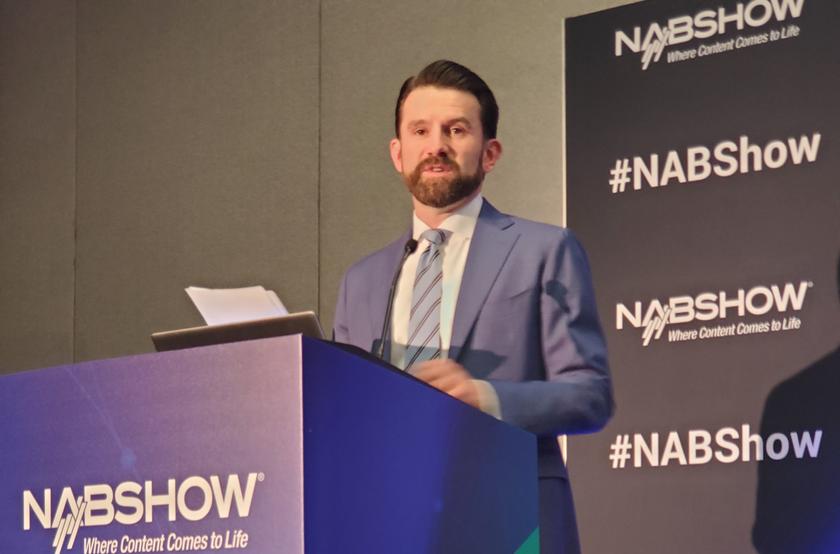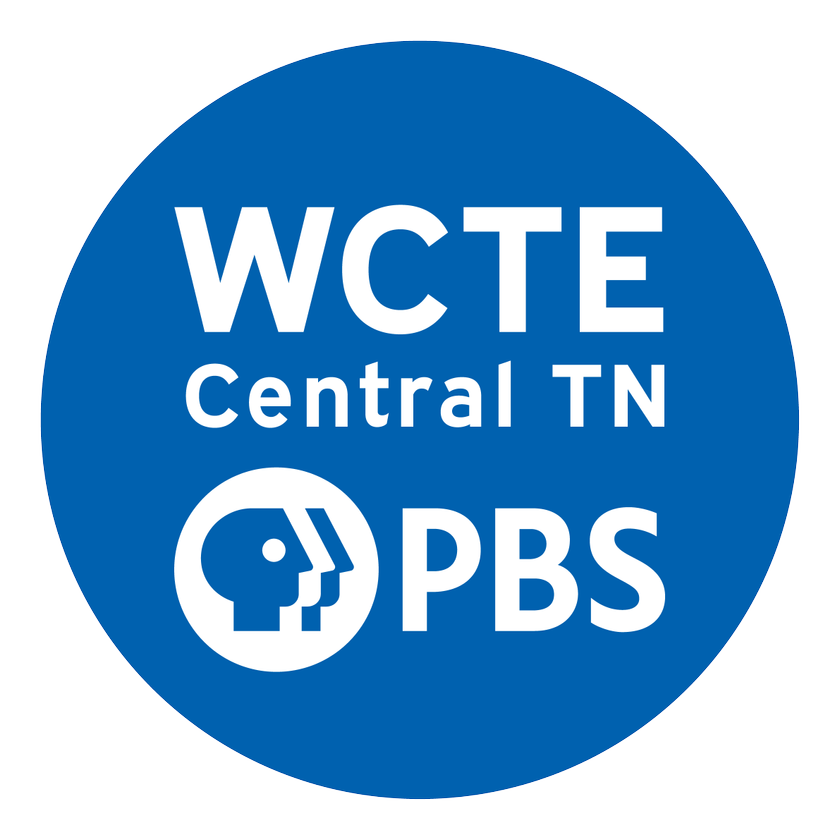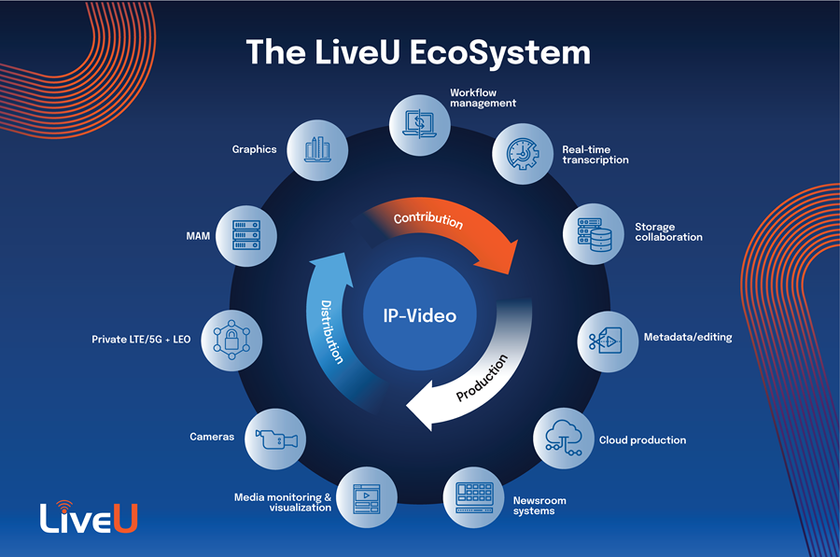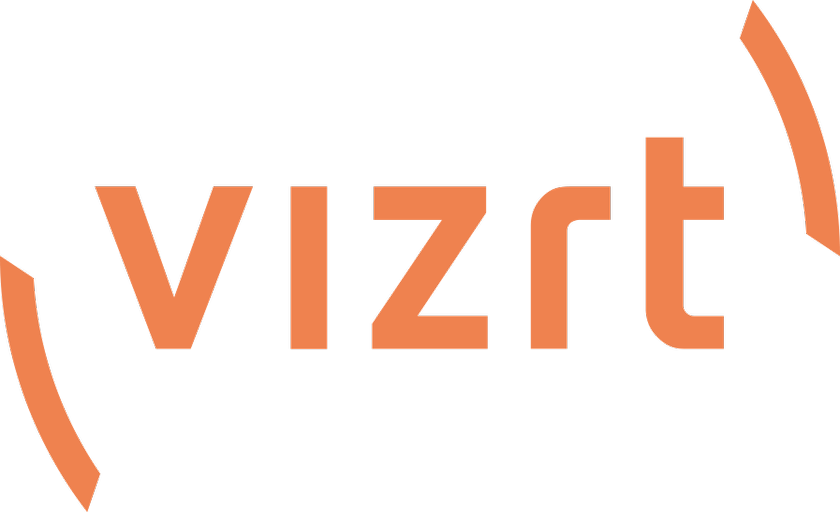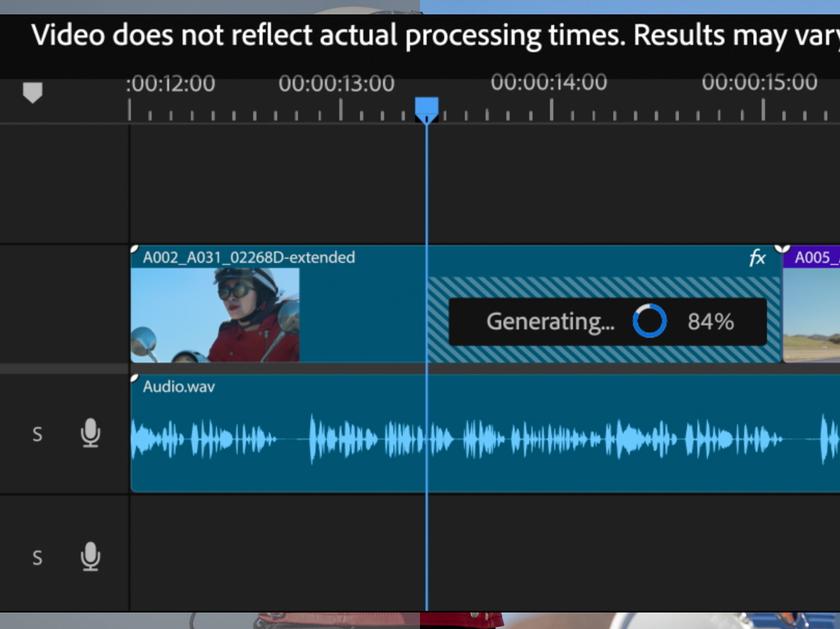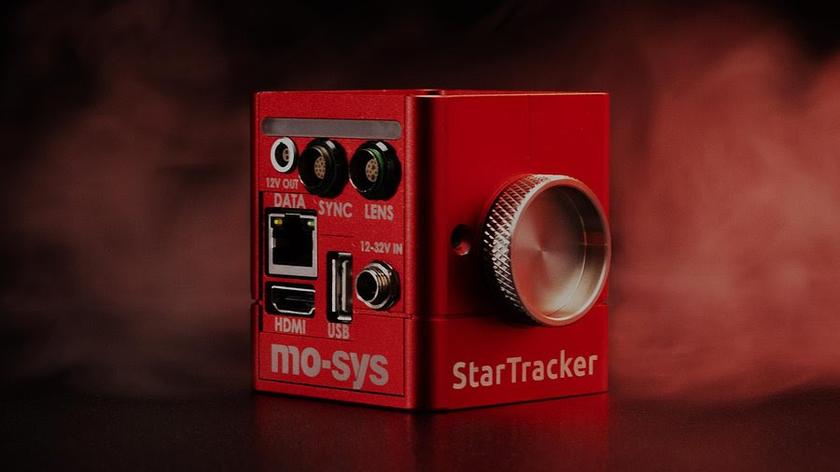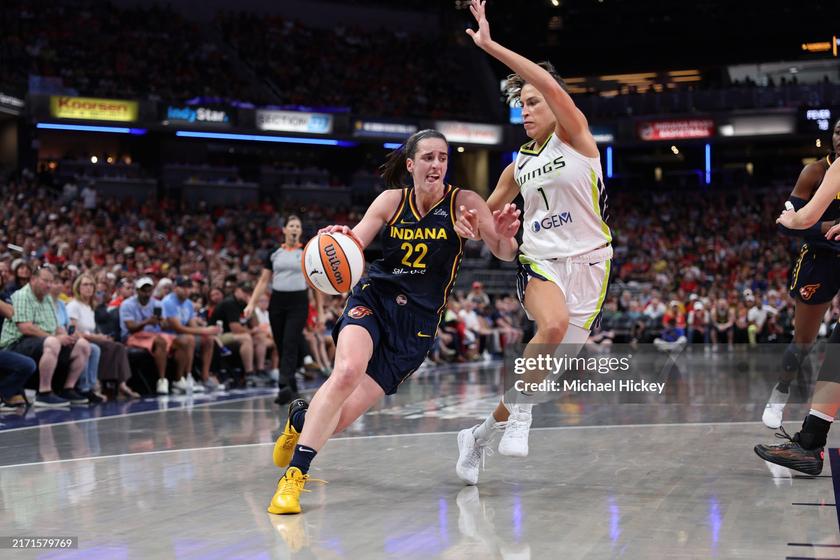Why ATSC 3.0? Opportunity!
This article is based on a presentation given at the 2016 IEEE Broadcast Symposium.
Broadcast television in 2016 still relies on the ATSC 1.0 standard that was state-of-the-art back in the early 2000s, when the industry was beginning its transition to DTV. Make no mistake: DTV was revolutionary, enabling sub-channels, multicasting, high-definition video and other options that improved the viewing experience. However, like many other technologies from that time—the flip phone, the analog VCR, the dial-up modem—DTV built on ATSC 1.0 now seems dated and its capabilities simply maxed out, particularly given the rapid change occurring in the rest of the world.
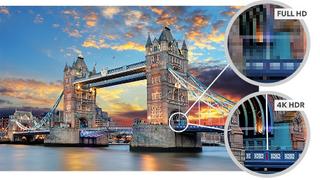
With UHD you get better clarity
In the modern digital era of smartphones, Wi-Fi, tablets and the Internet of Things, broadcast television based on ATSC 1.0 just can’t keep up. It can’t address consumers’ powerful desire for higher-resolution images, improved image quality, a better sound experience, and enhanced personalization and interactivity, as well as better accessibility and more robust emergency alert capabilities. Nor can it deliver the accurate audience measurement that media companies demand, or allow them to take advantage of the latest innovations in video compression.
ON DEMAND WORLD
The broadband industry already has shifted to “anytime, anywhere” delivery of content to consumers, who easily access video on their phones, tablets and computers. Broadcasters need to change too, or risk going the way of the dinosaur. Understanding this, hundreds of engineers have spent the past few years working on a new broadcast standard with the flexibility, interoperability and extensibility to serve as a robust platform for broadcast services well into the future. They have developed ATSC 3.0, a marriage of over-the-air broadcast and broadband that soon will open the door to a host of new opportunities.

With HDR you get better contrast
Get the TV Tech Newsletter
The professional video industry's #1 source for news, trends and product and tech information. Sign up below.
Because ATSC 3.0 breaks from the current practice of using MPEG-2 video compression and supports the H.265 HEVC (High Efficiency Video Coding) Main 10 Profile codec that can pack up to 50 percent more video data into fewer bits, it could allow broadcasters to transmit up to 25 Mbps within their existing 6 MHz of RF spectrum. With this significant jump from the 19.39 Mbps of ATSC 1.0 and 2.0., broadcasters will be free to embrace 4K UHD, HDR, enhanced HD, wide color gamut, scalable coding, and even 3D, should it ever come back around. The new standard also allows them to target small (HD) and large (UHD) screens and to control multiple selectable video components.
Of course, the move to ATSC 3.0 is not just about delivering better image quality and more channels; it’s about customization. Key audio features of the new standard play a major role in customization. While sound itself boasts improved azimuth, elevation and distance perspective, the use of channels and objects (or “elements”) with metadata allows for rendering at the decoder, with sound placed in the most accurate position the viewer’s sound system can support. This adaptability spans both fixed and mobile devices, and broadcasters can actually target different devices, setups and sound environments.
At the same time, broadcasters can use the standard’s support for object-based audio to give viewers the ability to choose and control audio channels. During a NASCAR race, for example, a viewer could select the pit crew radio channel for his or her favorite driver, and also adjust other audio channels to reduce crowd or background noise. In short, the viewer can control both the audio content and mix.
GETTING PERSONAL
ATSC 3.0 also introduces the application environment critical to personalization of digital content delivery and interaction with that content. On their computers and mobile devices, consumers already take for granted interactive abilities, such as voting and shopping, that are simply impossible with broadcast television’s one-way focus. Building on proven World Wide Web Consortium (W3C) technologies that power the internet, ATSC 3.0 enables broadcasters to offer a tailored and dynamic experience, complete with dynamic ad insertion, personalized graphics, and synchronization with second-screen applications. As a result, viewers enjoy the features and options they want, while advertisers enjoy the benefits of targeted ads and content (at a premium, of course), as well as more accurate audience measurement.

With wide color gamut you get richer colors
Improved accessibility functions give broadcasters far more effective tools for serving the hearing and visually impaired communities. For example, ATSC 3.0 supports robust audio and closed-caption transmission, even when video fails. Better overall audio quality yields improved audio intelligibility, and new capabilities such as track-specific volume control further improve the dialog and narrative intelligibility. In addition to closed captions and video descriptions, the standard’s feature set also includes closed signing and dialog enhancement.
ATSC 3.0 also gives broadcasters the chance to become a much more useful source of information for their communities in times of crisis. Using geo-targeted one-to-many emergency alerting capable of surviving a failure of the electric grid or cellular network, broadcast stations can become the source for local emergency information, complete with multilingual and accessible alerts. Rather than put a crawl in the lower third, run warning tones or refer viewers to another source, broadcasters could show weather radars, hurricane wind fields, evacuation routes, shelter locations and other information via rich media. With these capabilities, broadcasters are far better prepared to step up and serve the public during emergencies.
HYBRID DELIVERY
Because ATSC 3.0 supports hybrid broadcast/broadband delivery, broadcasters can develop and implement new models of content delivery. They have the option of delivering content in real time either via linear broadcast or streaming. They can deliver content in non-real time so that it is cached locally and available anytime for viewing. With the ability to use the internet as a back channel to the device, they can establish a complete loop with the consumer. In terms of data delivery, particularly to mobile devices, broadcasters maintain the advantages of highly efficient delivery of bits and the ability to send one signal to millions of consumers. Going forward, the possibilities with respect to data delivery services are tremendous.
Not one of the aforementioned functions or content delivery models is pinned to the ATSC 3.0 standard. The standard was carefully defined as a platform capable of enabling such functions and models, but it is up to broadcasters to decide how best to leverage this powerful platform to improve the television viewing experience, extend their reach, and address their own technical and business requirements.
Why do broadcasters need to make this change? Why do they need ATSC 3.0? And why now? Because the industry already has changed, and it will continue to move ahead—with or without broadcasters. Through changes in technology, business models and consumer behavior, the entertainment landscape has been permanently altered. ATSC 3.0 offers broadcasters a thoughtful path forward, keeping the future open and bright. It gives them a way to unite their conventional broadcast workflow with digital content creation and to be more efficient and effective in monetizing this content across multiple platforms. ATSC 3.0 affords broadcasters the opportunity to remain relevant and become meaningful players in the future of media and entertainment.
As vice president of technical operations for Cox Media Group in Atlanta, Dave Siegler manages Cox's technical operation groups across 14 broadcast TV stations, a cable TV station, 57 radio stations and eight daily newspapers. He's also vice chair of the ATSC board of directors, chair of the ATSC 3.0, personalization interactivity and interactivity implementation team, chair of NAB's television technology committee, and a member of IEEE BTS as well as many other industry bodies.
For more on ATSC 3.0, see TV Technology’sATSC 3.0 silo.
